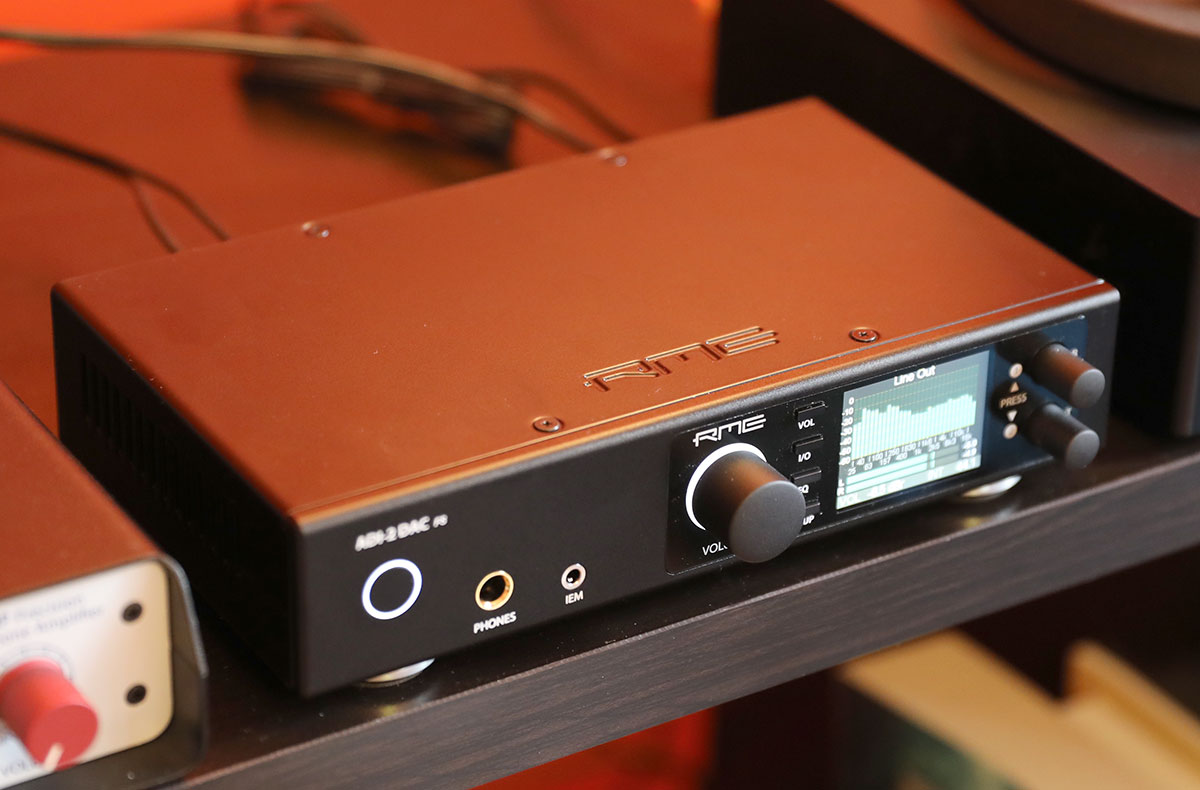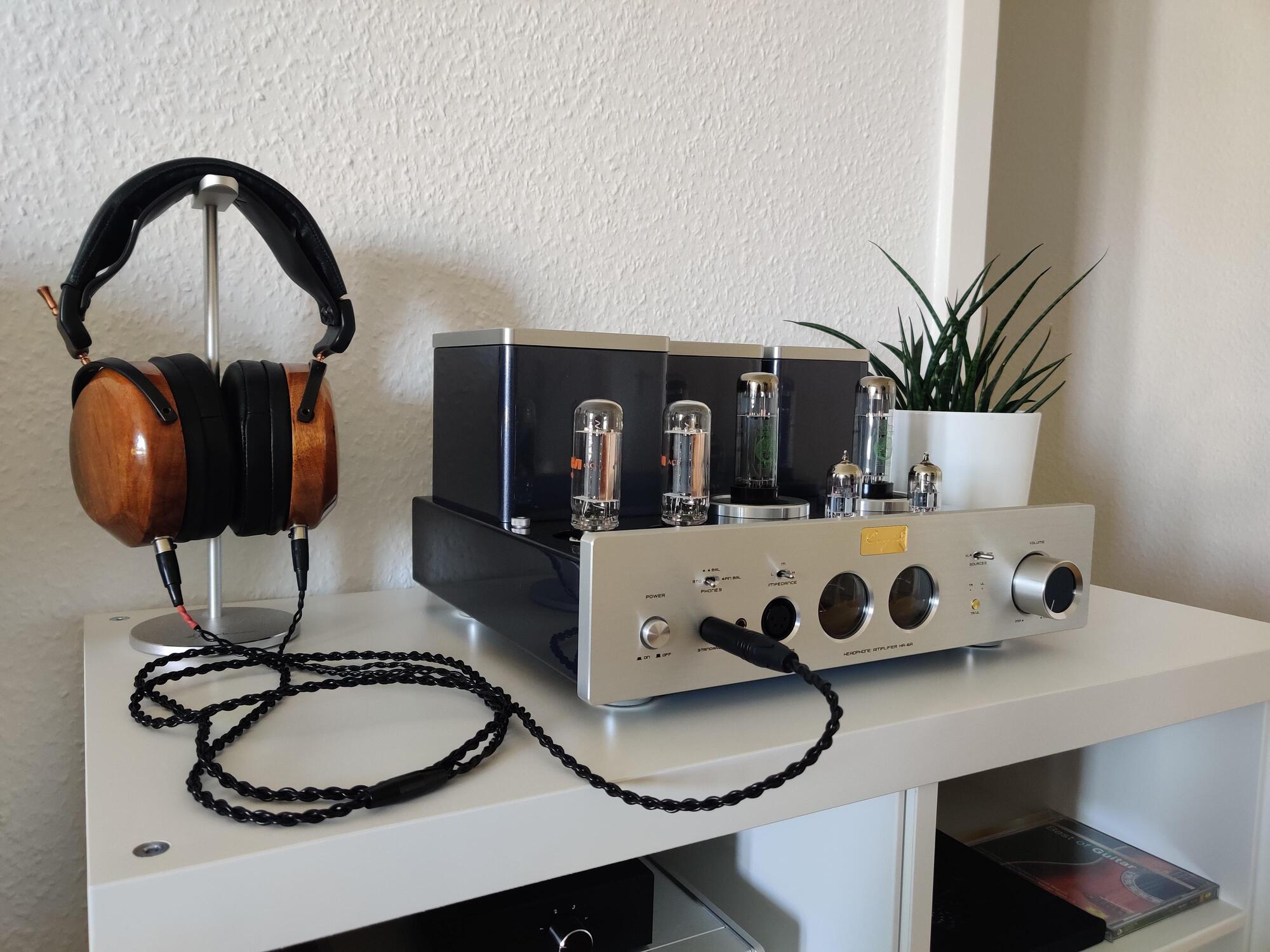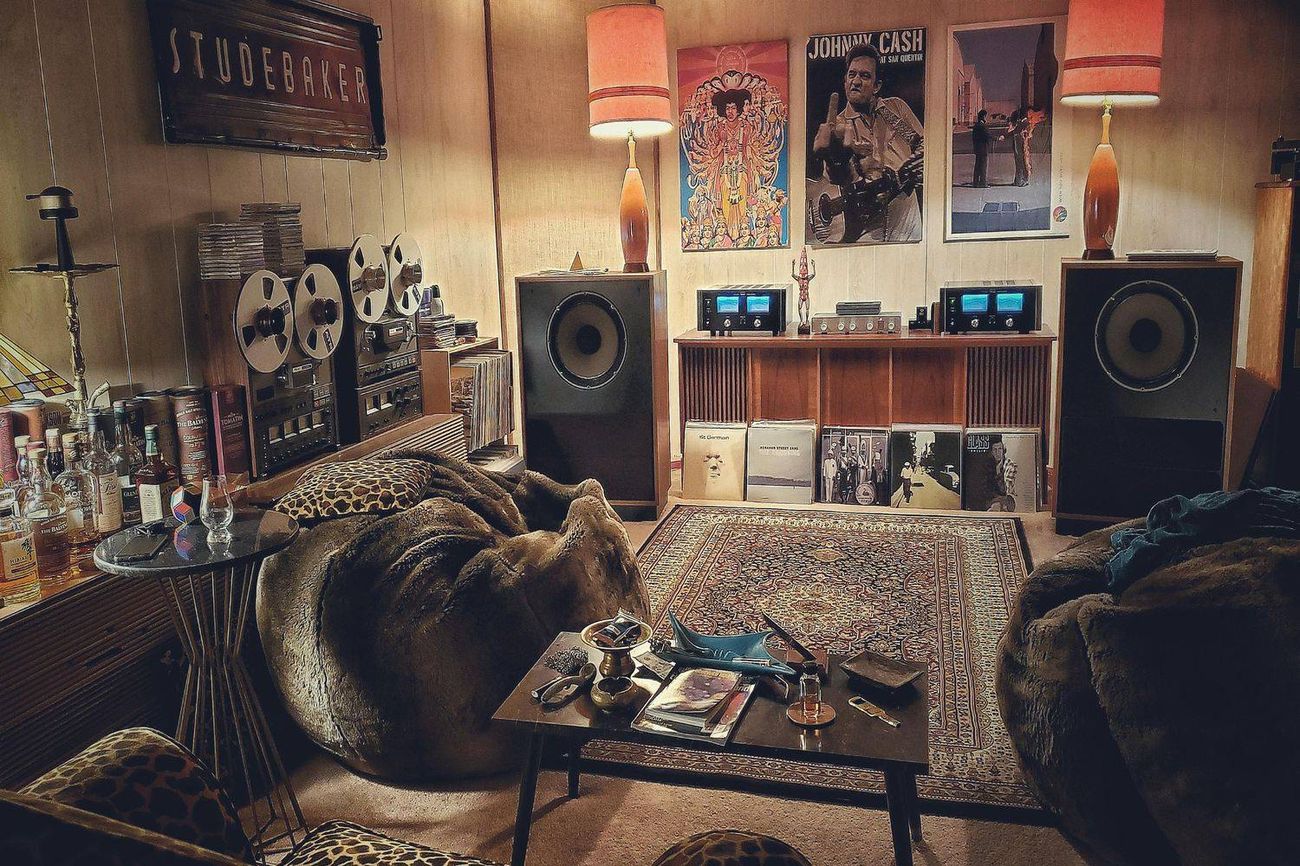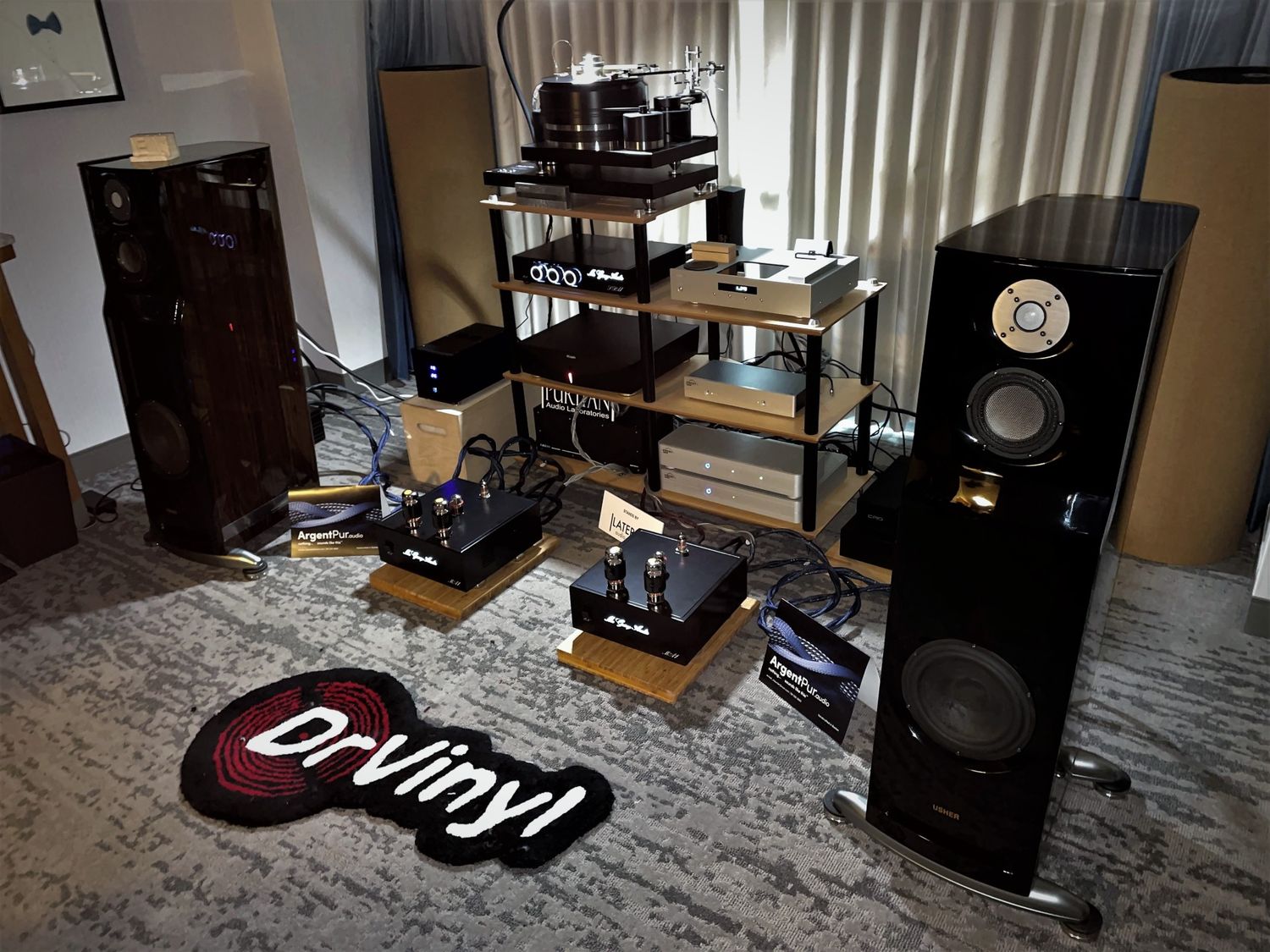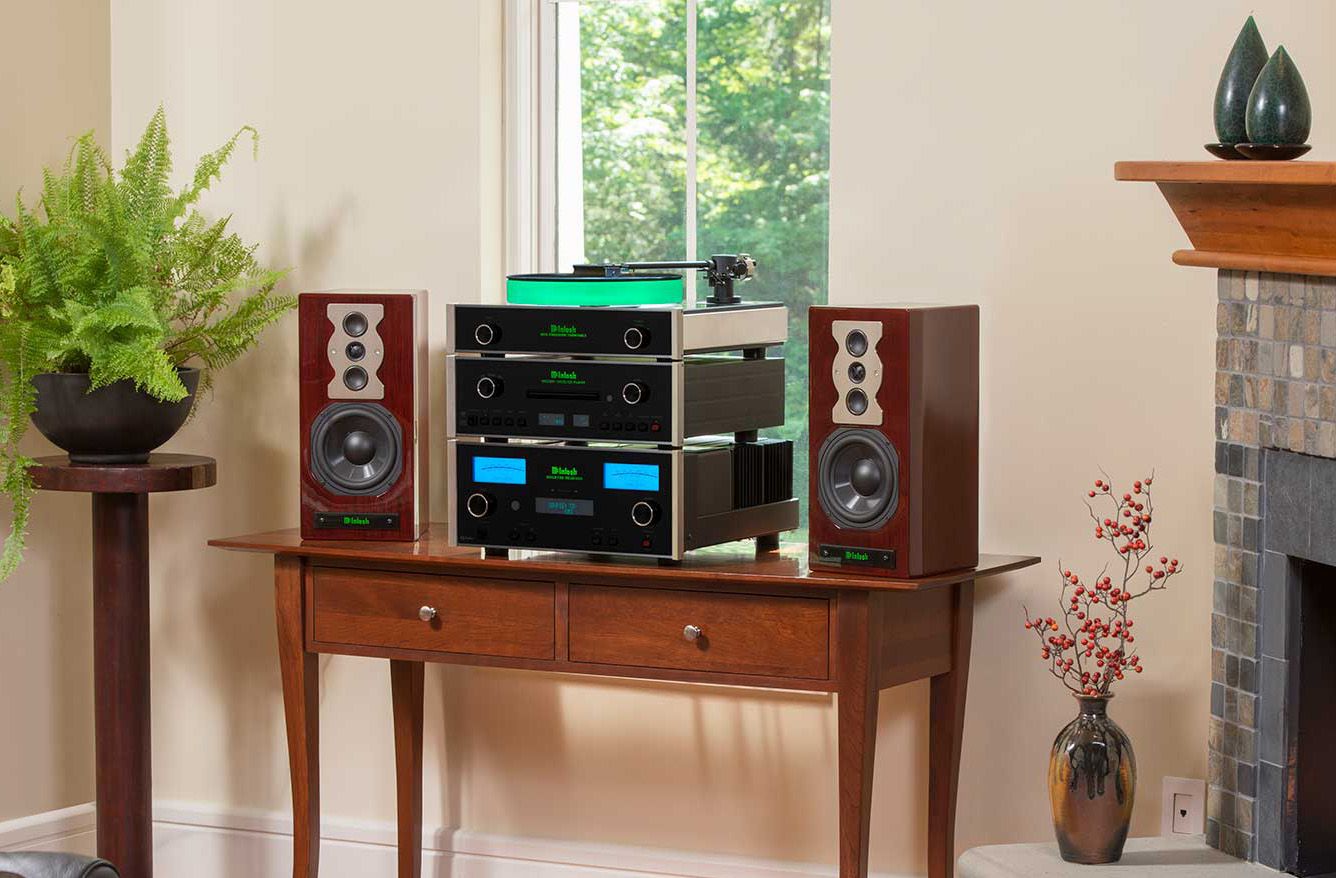Home>Production & Technology>Audiophile>What Is Listening Volume Audiophile


Audiophile
What Is Listening Volume Audiophile
Published: November 3, 2023
Learn about listening volume for audiophiles and enhance your audio experience with proper volume control. Discover the ideal volume levels for optimal sound quality.
(Many of the links in this article redirect to a specific reviewed product. Your purchase of these products through affiliate links helps to generate commission for AudioLover.com, at no extra cost. Learn more)
Table of Contents
Introduction
Welcome to the world of audiophiles, where the pursuit of high-quality sound is an ongoing passion. Audiophiles are individuals who have a deep appreciation for music and demand the utmost fidelity in their listening experience. One crucial aspect that significantly impacts the audio quality is the listening volume.
Listening volume refers to the level at which sound is played back through audio equipment. It is not merely a matter of how loud or soft the music is, but also about striking the right balance to achieve the best possible sound reproduction. Finding the optimal listening volume involves considering various factors, including personal preferences and the characteristics of the audio equipment being used.
In this article, we will delve into the world of audiophile listening volume and uncover its significance in ensuring an immersive and enjoyable musical experience. We will explore the factors that affect listening volume, discuss audiophile preferences in this regard, and debunk some common misconceptions. Whether you are a seasoned audiophile or a curious enthusiast looking to enhance your audio setup, this article will provide you with valuable insights into the world of listening volume.
Definition of Listening Volume
In its simplest form, listening volume can be described as the level at which sound is played back through audio equipment, such as headphones, speakers, or amplifiers. It is usually measured in decibels (dB) and represents the intensity or amplitude of the sound waves produced.
Listening volume is not solely determined by the physical volume knob on your audio equipment. It is a combination of the volume control setting on the audio device and the sensitivity of the headphones or speakers being used. Additionally, the volume output can be influenced by the source material, such as the recording quality and the mixing/mastering techniques employed.
It is important to note that listening volume is a subjective measure, as each individual may have different preferences and tolerance levels for sound intensity. What may be considered loud by one person may be deemed as moderate by another. Therefore, finding the ideal listening volume requires understanding personal preferences and considering the optimal audio level for a satisfying listening experience.
The Importance of Listening Volume in Audio Quality
The listening volume plays a crucial role in the overall audio quality and the perception of music. Here’s why it is important to pay attention to the appropriate volume level:
- Tonal Balance: The right listening volume ensures a proper tonal balance in the music. Different frequencies have varying sensitivities to human ears. If the volume is too low, certain frequencies might not be audible, resulting in a loss of detail and richness in the sound. On the other hand, excessive volume can overwhelm certain frequencies and lead to a distorted listening experience.
- Dynamics: Proper volume levels allow for the faithful reproduction of dynamic range. Music is meant to have varying levels of loudness and softness, and the appropriate volume setting ensures that these dynamics are accurately conveyed. Listening at excessively high levels can compress the dynamic range, leading to a loss of nuanced details and a flattened soundstage.
- Clarity: The listening volume directly affects the clarity and articulation of instruments and vocals. Finding the right volume level allows for clear separation of different elements within the music, allowing each instrument or voice to have its distinct place in the soundstage. Too low of a volume may result in a muddy or indistinct sound, while too high of a volume can cause distortion and muddled details.
- Fatigue and Ear Health: Listening at excessively high volume levels for extended periods can lead to ear fatigue and potential damage to hearing. It is important to find a comfortable and safe volume level that allows for extended listening sessions without causing ear strain or long-term hearing issues.
Overall, the appropriate listening volume is crucial for achieving an accurate and faithful reproduction of the music. It helps to maintain tonal balance, preserve dynamics, enhance clarity, and protect your ears for long-term enjoyment of your favorite tunes.
Factors Affecting Listening Volume
Several factors come into play when determining the ideal listening volume for an optimal audio experience. These factors include:
- Environment: The environment in which you are listening to music can greatly impact the perceived volume. A quiet room allows for lower volume levels to be enjoyable, while a noisy environment may require higher volume to overcome external noise and maintain clarity.
- Genre of Music: Different genres of music have varying dynamic characteristics and volume requirements. For example, classical music with its wide dynamic range may require more volume to fully appreciate the soft nuances and powerful crescendos, while some modern genres may sound best at lower volume levels.
- Listening Equipment: The quality and sensitivity of the headphones or speakers being used can influence the required listening volume. High-quality audio equipment with good sound isolation capabilities may allow for a more immersive experience at lower volume levels, while less efficient equipment might require higher volume to achieve the desired impact and detail.
- Source Material: The recording quality, mixing, and mastering of the music can also affect the optimal listening volume. Well-recorded and well-mastered tracks tend to sound better at lower volume levels, as the details and dynamics are preserved. Poorly recorded or heavily compressed tracks may require higher volume to compensate for the loss of fidelity.
- Personal Preferences: Everyone has different preferences when it comes to sound intensity. Some individuals may enjoy a more dynamic and energetic sound, while others may prefer a relaxed and mellow listening experience. Personal taste plays a significant role in determining the ideal listening volume.
It’s worth noting that finding the optimal listening volume is a subjective process that requires experimentation and self-awareness. It’s important to consider these factors and make adjustments accordingly to create an enjoyable and immersive audio experience.
Understanding Audiophile Listening Volume Preferences
As audiophiles, individuals who have a deep appreciation for high-quality sound, listening volume preferences can vary greatly. Here are a few common trends and considerations in the world of audiophile listening volume:
Quality over Quantity: Audiophiles prioritize audio quality above all else. They strive to achieve the most accurate and faithful reproduction of the music, focusing on details, dynamics, and imaging. Rather than listening at excessively high volume levels, they prioritize clarity, tonal balance, and overall coherence of the sound.
Dynamic Range: Many audiophiles appreciate the wide dynamic range in music. They seek to experience the full scale of soft and loud passages, appreciating the subtle nuances and the impact of powerful crescendos. This often requires listening at moderate to low volume levels, allowing for a better perception of the dynamic range and maintaining clarity throughout.
Room Acoustics: Audiophiles understand that the acoustic characteristics of the listening environment greatly influence the sound quality. They may invest in room treatment and speaker placement to optimize the listening experience. By addressing room resonance and reflections, they can achieve a more immersive and enveloping soundstage at lower volume levels.
Sensitivity to Detail: Audiophiles typically have a heightened sensitivity to audio nuances. They seek out the smallest details and subtleties in the music, appreciating the intricacies of instrument separation, imaging, and spatial cues. Consequently, they may listen at lower volumes to better discern these intricate elements without distractions.
Long Listening Sessions: Audiophiles often engage in extended listening sessions, deeply engrossed in their music collections. This necessitates a volume level that is not only enjoyable but also sustainable for prolonged periods. By listening at moderate volume levels, they can ensure a comfortable experience without causing ear fatigue or strain.
It’s important to note that these preferences can vary among audiophiles. Each individual may have their own unique preferences based on their listening environment, equipment, and personal taste. Experimentation and fine-tuning are key to finding the optimal listening volume that satisfies individual preferences while maximizing the audio quality of the listening experience.
Finding the Optimal Listening Volume
Finding the optimal listening volume is a personal journey that requires experimentation and self-awareness. Here are a few steps to help you discover the perfect balance for your audio experience:
- Start at a Moderate Level: Begin by setting the listening volume at a moderate level. This allows you to establish a baseline and assess the overall sound quality and clarity.
- Consider the Genre and Recording: Take into account the genre and recording quality of the music you are listening to. Different genres and recording techniques may benefit from different volume levels. Experiment with higher or lower volumes to find the sweet spot for each genre or recording.
- Understand the Dynamic Range: Pay attention to the dynamic range of the music. If a track has wide variations in volume, lower volume levels may help you perceive the subtle details and soft passages, while higher volumes can unleash the full impact of louder sections.
- Listen to Reference Tracks: Use a selection of well-recorded reference tracks that you are familiar with to gauge the impact of different volume levels. Listen for the clarity, tonal balance, and overall coherence of the sound at each volume setting.
- Consider Your Surroundings: Take into account the environment in which you are listening. If there are external noises or distractions, you may need to adjust the volume to compensate. Alternatively, if you are in a quiet space, lower volume levels may provide a more immersive experience.
- Trust Your Ears: Ultimately, trust your own ears and personal preferences. Take note of what sounds most pleasing and engaging to you. Your perception of optimal listening volume may differ from others, and that’s perfectly fine.
Remember, finding the optimal listening volume is an ongoing process. As your music collection and equipment evolve, you may need to readjust your volume preferences. It is a journey of exploration and refinement to discover the balance between audio quality, comfort, and personal enjoyment.
Common Misconceptions About Audiophile Listening Volume
There are several misconceptions surrounding audiophile listening volume that can lead to misunderstandings and misinterpretations. Let’s debunk some of these misconceptions:
- Loudness Equals Better Quality: One common misconception is the belief that higher volume levels automatically result in better audio quality. While it’s true that some details may become more apparent at higher volumes, excessively loud listening can actually lead to distortion and listener fatigue. Audiophiles focus on achieving the best quality at a comfortable volume level, rather than chasing extreme loudness.
- Max Volume is Ideal: Some people assume that the maximum volume setting on their audio equipment is the optimal level. However, this may not be the case. Each audio component has a range within which it performs best, and pushing it to its maximum can introduce distortion and compromise audio fidelity. It’s essential to find the sweet spot that balances the capabilities of the equipment and the desired listening experience.
- Noisy Environments Require Excessive Volume: While it can be challenging to enjoy music in noisy environments, compensating by cranking up the volume to extreme levels is not the ideal solution. Excessive volume can lead to listening fatigue and potential hearing damage. Instead, using headphones with good noise isolation or finding a quieter listening space is a better approach to combat external noise.
- Low Volume Means Lack of Impact: Some may assume that listening at low volume levels results in a lack of impact or emotional engagement. However, a well-executed audio system can deliver a powerful and impactful experience even at lower volume settings. It’s about the quality of the reproduction and the ability of the equipment to accurately convey the dynamics and subtleties of the music.
- One Size Fits All: Another misconception is that there is a universal “correct” listening volume that applies to everyone. In reality, optimal listening volume is subjective and depends on individual preferences, listening environment, and equipment. What works for one person may not necessarily work for someone else. It’s important to find the volume level that suits your personal taste and provides the best audio experience for you.
By debunking these misconceptions, we can better understand the importance of finding a balanced and personalized listening volume that prioritizes audio quality, listener comfort, and long-term hearing health.
Conclusion
Listening volume plays a vital role in the audiophile world, where the pursuit of high-quality sound is a primary focus. Understanding and selecting the optimal listening volume is essential for experiencing the music as the artist intended, while also considering personal preferences and maintaining listener comfort.
In this article, we explored the definition of listening volume and its impact on audio quality. We discussed the factors that affect listening volume, such as the environment, genre of music, listening equipment, source material, and personal preferences. Additionally, we gained insight into the preferences of audiophiles when it comes to listening volume, including their emphasis on quality, dynamic range, and attention to detail.
By following a few steps, such as starting at a moderate level, considering the genre and recording, understanding the dynamic range, and trusting your ears, you can find the optimal listening volume that suits your preferences and enhances your audio experience.
Lastly, we debunked some common misconceptions surrounding audiophile listening volume, including the belief that louder is always better and the misconception that low volume lacks impact. It is important to dispel these misunderstandings and recognize that the ideal listening volume is subjective and should be tailored to individual preferences and specific listening environments.
In conclusion, finding the perfect listening volume is a personal journey that requires experimentation, self-awareness, and an appreciation for both audio quality and listener comfort. By striking the right balance, you can fully immerse yourself in the beauty of music, experiencing its richness, dynamics, and emotional impact with utmost fidelity.


